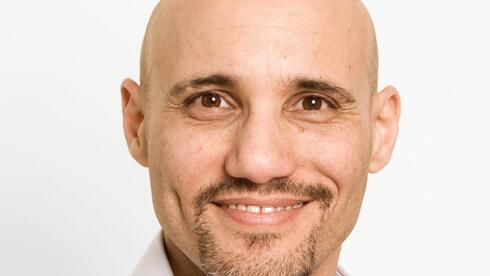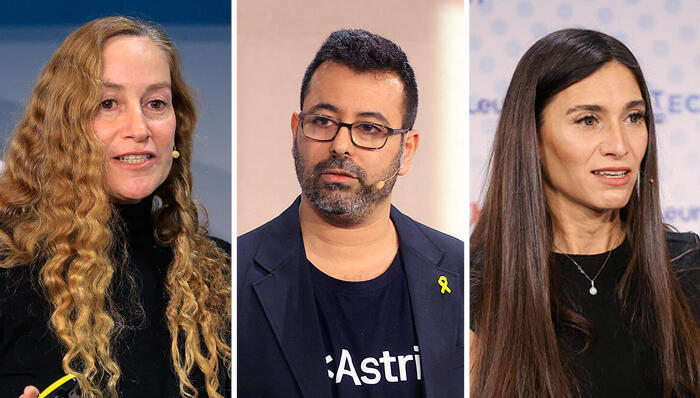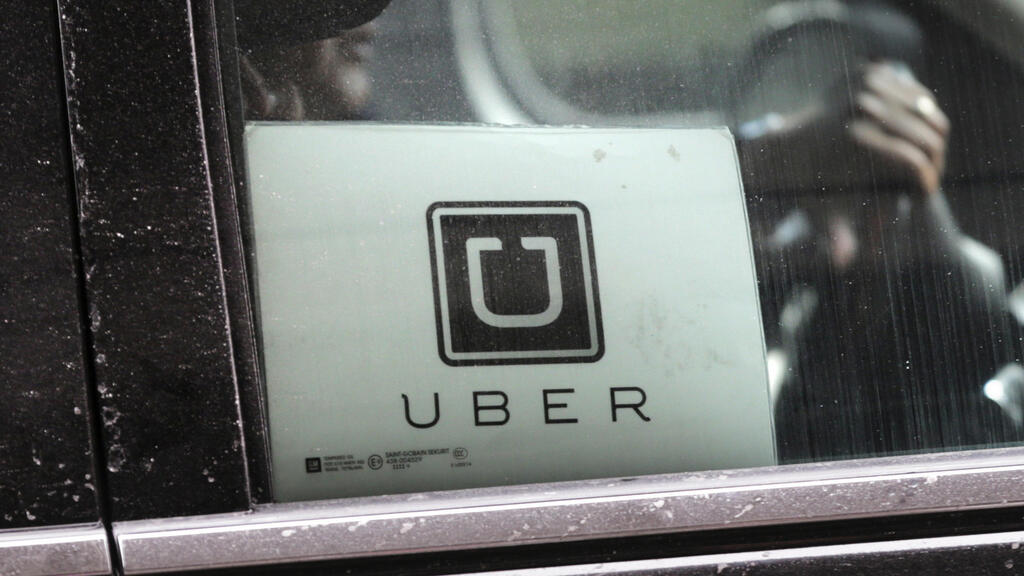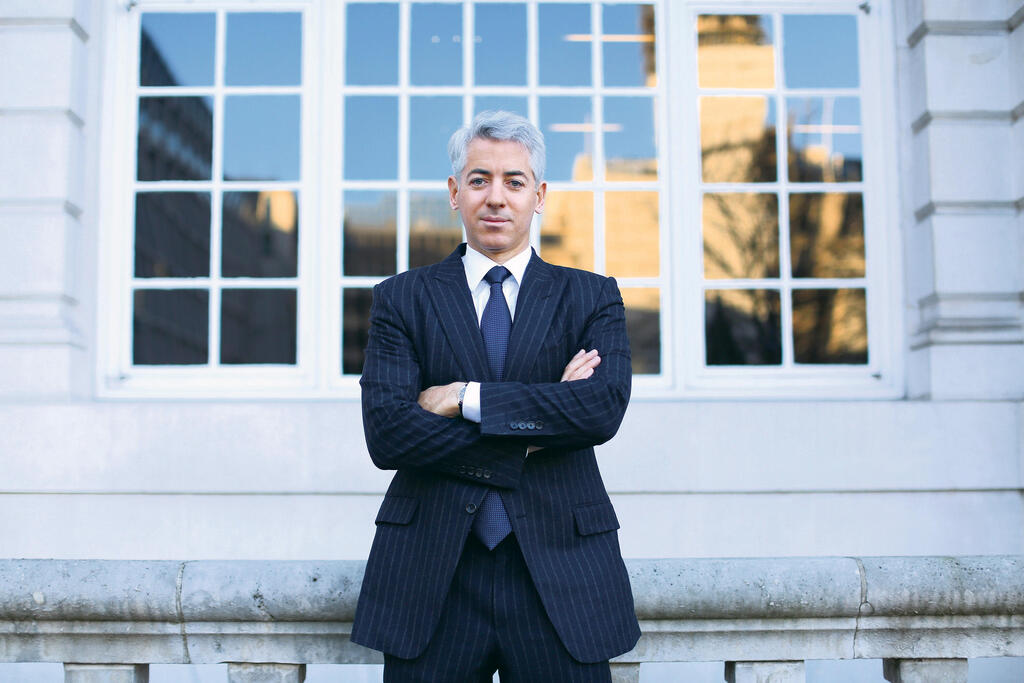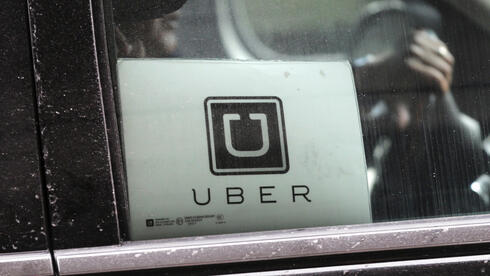
Uber’s path to profit: A victory of politics over innovation
After years of losses as a tech company, Uber is profitable—but not because of efficiency or competition.
Last week, Uber reported its fourth-quarter and full-year results, and its stock fell about 5% in late trading. That almost generic sentence could open countless earnings reports, but in Uber’s case, the financials are more than just numbers. They are a testament to how politics—not innovation or economic efficiency—shapes its success. This is the story of a company that knew nothing but losses as a technology firm but now manages to post profits as a taxi company.
Here are the key figures from its 2024 report: Uber’s annual bookings grew 18% to $44 billion—$22.8 billion from ride-hailing and $20.1 billion from food deliveries. From those bookings, Uber generated $12 billion in revenue, up 20% from 2023, while operating profit rose 18% to $770 million. Net profit was $9.8 billion, though roughly $7 billion of that came from tax benefits and stock appreciation.
Upon publication of the report, the company announced a share buyback, believing the market was undervaluing it. At the time, its stock traded at $70 per share, giving it a market value of $147 billion. At least one major investor, Bill Ackman, agrees: About a week ago, he revealed that his investment fund began purchasing Uber shares in January and now holds 30 million shares. "We believe that Uber is one of the best managed and highest quality businesses in the world," Ackman said in the post. "Remarkably, it can still be purchased at a massive discount to its intrinsic value. This favorable combination of attributes is extremely rare, particularly for a large cap company." His announcement sent Uber's stock up about 6.5%, and since the start of the year, it has already climbed 25%, compared to a 4% return on the Nasdaq index.
The numbers may suggest solid growth based on sound economic fundamentals, but the reality is more complex. Ackman values Uber’s management, not its economics, and for good reason—Uber’s success is not the result of technological breakthroughs or smarter resource allocation, nor does it operate in a truly competitive market. Instead, it has mastered the art of engineering a regulatory reality that allows it to circumvent laws, increase its revenue share at the expense of drivers and consumers, and maintain its power through capital and political influence.
To achieve profitability, Uber did not improve service or streamline its operations; rather, it maximized profits from drivers and couriers while cutting every cost unrelated to its core business of ride-hailing and food delivery. On the cost side, it abandoned any pretense of being a technology company: it withdrew from multiple international markets, shut down its autonomous vehicle division, exited the trucking industry, and significantly reduced investment in research and development. On the revenue side, it leveraged its dominance and control over drivers’ working conditions to take a larger cut of their earnings. Since going public, Uber has consistently raised ride prices. From 2019 to mid-2022, the average fare jumped by 63%. Although prices have since declined by about 8% from that peak, they remain 52% higher than in 2019. Meanwhile, drivers have not seen their earnings rise—in fact, the opposite has occurred. When fare increases reached their ceiling in mid-2022, Uber turned to its other source of income: drivers. From late 2019 to the end of 2024, it increased its commission rate from 20.7% to 27.1%. The result? Profitability.
If you don’t care how a company achieves profitability—only that it does—you can stop reading here. But if you’re interested in what happens when success is defined not by innovation but by a company’s ability to evade obligations to workers and manipulate regulations, the lesson is clear: Uber is shaping an economic landscape that resembles a high-stakes game of survival of the fittest—a Jurassic Park version of capitalism.
The politics of dominance
For more than a decade, a central question has been how Uber manages to raise prices across the board in a market where consumers don’t care whether they use Uber or Lyft, and where drivers—who are supposedly independent contractors—have no formal loyalty to the company. The common answer has been: because Uber is simply the best at what it does. And that’s true—but not in the way most people think.
Uber, and any company that manages to maintain dominance, excels in two areas: political influence and algorithmic manipulation that transfers more wealth from workers to the company.
In 2022, Uber introduced a "pre-payment" model, setting fixed prices for drivers in advance. The company’s system also penalizes drivers who reject too many trips in a given area. Studies have found that this approach forces drivers to accept as many trips as possible, often making snap decisions while still completing previous rides. This dynamic creates the illusion of high availability for customers while simultaneously reducing the average earnings per trip for drivers. Research has repeatedly shown that only drivers who strategically choose their trips—rather than blindly accepting Uber’s algorithmic suggestions—manage to increase their income.
But to control drivers algorithmically and pressure them into accepting financially disadvantageous rides, Uber must first maintain the illusion that it lacks the market power to do so. Achieving this requires political maneuvering. After spending hundreds of millions of dollars on lobbying efforts, Uber ultimately succeeded in defining its drivers as independent contractors rather than employees, despite multiple legal challenges. Even after the California Supreme Court ruled that its drivers were employees, Uber continued its battle. Its efforts culminated in a 2020 referendum, in which it successfully passed legislation classifying its drivers as independent contractors—denying them social protections and the right to unionize. Investors immediately recognized the significance of this victory: Uber’s stock jumped nearly 50% to $53 per share.
Uber is not alone
Uber is the most successful example of this tactic, but it is far from the only one. In Israel, for example, Wolt operates similarly. Yet discussions about rising consumer and restaurant prices often focus solely on economic value—whether the cost is "worth it"—while ignoring the far more important question: how these companies generate their profits.
Like Uber, Wolt’s success does not stem from innovation, fair competition, or improved efficiency. Instead, it wields financial power, skirts accusations of predatory pricing and worker exploitation, and engineers market conditions that allow it to operate with minimal regulatory oversight.
Uber has already demonstrated that in today’s capital markets, companies are not rewarded for their contributions to the economy but for their ability to manipulate political systems in their favor. Wolt is following the same playbook—raising prices, squeezing restaurant margins, and reshaping public spaces with couriers speeding down sidewalks, all while avoiding accountability for its actions.
Meanwhile, public discourse remains fixated on whether these companies are profitable, rather than how they achieve profitability. Instead of questioning why they do not succeed through innovation or fair competition, we have come to accept an artificial market—one in which the most powerful corporations are not those that create real value, but those that have rewritten the rules of the game to serve themselves.




